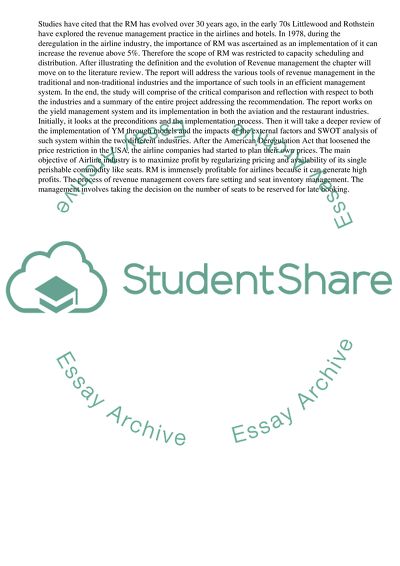Cite this document
(“Revenue Management, Implementation and Preconditions Article”, n.d.)
Revenue Management, Implementation and Preconditions Article. Retrieved from https://studentshare.org/management/1755987-revenue-management-implementation-and-preconditions
Revenue Management, Implementation and Preconditions Article. Retrieved from https://studentshare.org/management/1755987-revenue-management-implementation-and-preconditions
(Revenue Management, Implementation and Preconditions Article)
Revenue Management, Implementation and Preconditions Article. https://studentshare.org/management/1755987-revenue-management-implementation-and-preconditions.
Revenue Management, Implementation and Preconditions Article. https://studentshare.org/management/1755987-revenue-management-implementation-and-preconditions.
“Revenue Management, Implementation and Preconditions Article”, n.d. https://studentshare.org/management/1755987-revenue-management-implementation-and-preconditions.


